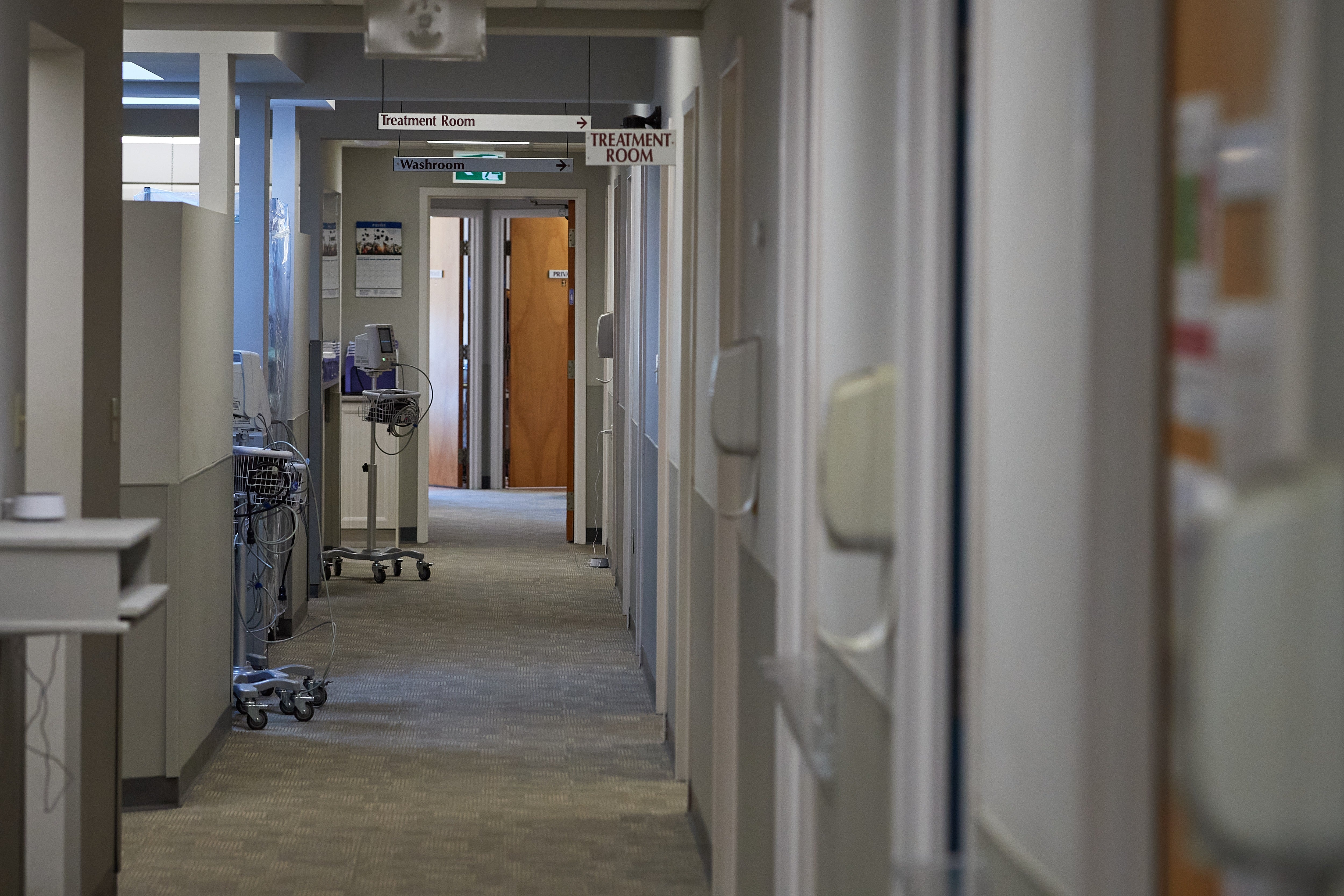Canada needs tens of thousands of additional health care workers, including nearly 23,000 family physicians, says a new federal study that predicts the situation will only worsen in the next decade if action is not taken.
The report released last week, which looks at education, training and distribution of the health work force, was completed by Dr. Geneviève Moineau, the chief medical work force adviser at Health Canada.
The shortage of primary care providers in Canada is a major concern for Canadians who find themselves without family doctors and access to other health care providers, such as nurse practitioners. Last fall, a report released by the Canadian Institute for Health Information said that more five million Canadian adults struggle to access primary care.
The level of desperation for many was on display recently when more than 1,000 people lined up in the snow and cold in Walkerton, Ont., to try to get on the patient list for a family doctor.
The newly released federal study stems from a request from federal, provincial and territorial health ministers, except Quebec’s, made in October of 2023 to better understand how to address the supply of health workers.
(Quebec rejects pan-Canadian approaches and considers the health work force to be the province’s exclusive responsibility.)
In addition to the physician deficit, the study projects that 14,000 more licensed practical nurses are needed, along with 2,700 more nurse practitioners, 28,000 registered nurses, 500 registered psychiatric nurses, 2,000 occupational therapists, 2,600 physiotherapists and 1,700 pharmacists.
Canada sees drop in number of family physicians for the first time in decades, study finds
The study stated that specific numbers should be interpreted with caution because of limitations on projections for work force supply and demand. But it said overall findings point to “substantial supply-demand gaps now and over the next 10 years.”
On the physician shortage, the study said this problem is not surprising because Canada has not produced enough medical graduates to meet demand for decades.
A 2023 OECD health report shows Canada has 2.8 practising physicians per 1,000 population. The OECD average, on the other hand, sits at 3.7 per 1,000 population.
“With the 2023 OECD average number of new graduates at 14.2 per 100,000 population, Canada produces 7.5 per 100,000, with only Japan, Korea and Israel lagging behind,” the report said.
The Health Canada report included recommendations such as increases in education and training to meet current and future demand for nurses, occupational therapists, physiotherapists, pharmacists and family physicians in Canada.
Dr. Joss Reimer, president of the Canadian Medical Association, said in response to the findings that her organization intends to call for all political parties to act on this issue in this year’s federal election.
While an election is scheduled for October, political observers believe a campaign could come sooner because opposition parties have pledged to bring down the minority government in a confidence vote.
Ontario pledges $1.8-billion to get more residents access to family doctors or nurse practitioners
“Leaders can no longer look away,” Dr. Reimer said in a statement Friday.
With the current deficit of 22,823 physicians, and only 1,300 new medical graduates a year, Canada will never solve its existing physician shortage at this rate, she added.
The CMA has called for solutions – such as the need to reduce repetitive administrative tasks, as well as the need to bolster technology – including using artificial intelligence to improve care. In addition, it has said that virtual care should be supported within the publicly funded system.
Virtual care was among topics of discussion at a meeting of federal, provincial and territorial health ministers this week in Halifax.
The ability to access care online is expected to be the subject of a forthcoming interpretation letter about how services can be covered under the Canada Health Act. The act, passed in 1984, is federal legislation for publicly funded health care insurance that sets out how health services can be covered when they are delivered by physicians and at hospitals.
Some provinces allow public billing for virtual health care services while in other provinces those services are paid for by patients or covered by private insurance.
Federal Health Minister Mark Holland has said consensus in this area is essential and he hopes the interpretation letter on virtual-care can be released as soon as possible.
Earlier this month, Ottawa told the provinces in a separate, long-awaited directive that nurse practitioners and other health professionals who provide primary care can bill the public health care system.
Mr. Holland’s letter said medically necessary care should be covered by public health insurance, no matter who the provider is and that patients should not incur fees.
The post Canadian health work force needs tens of thousands of additional providers, study finds appeared first on World Online.

